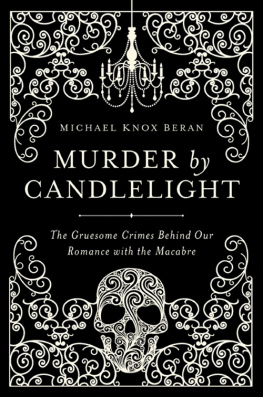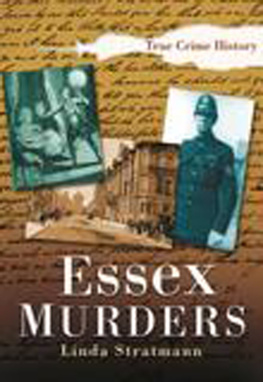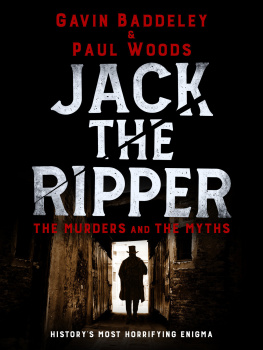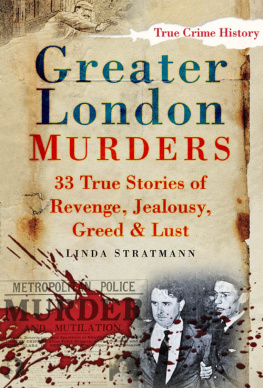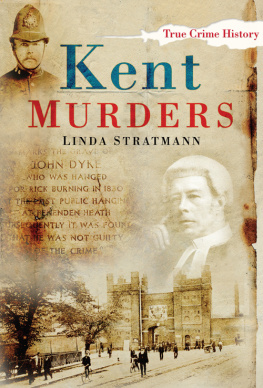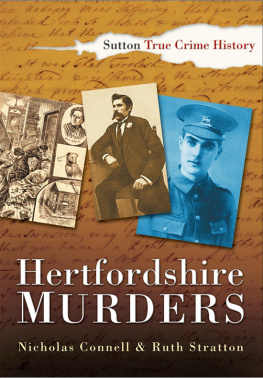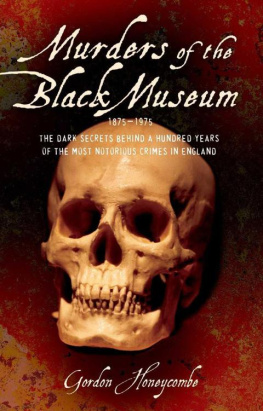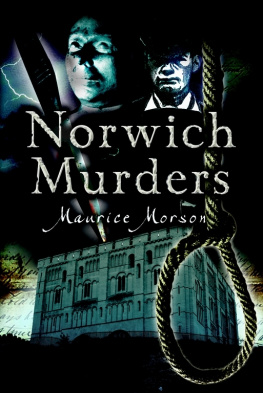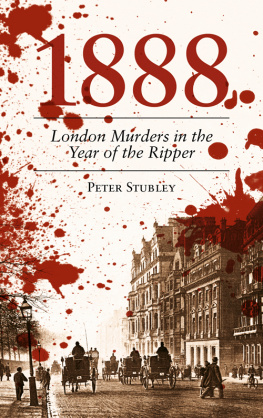
MURDER BY CANDLELIGHT
Pegasus Books LLC
80 Broad Street, 5th Floor
New York, NY 10004
Copyright 2015 Michael Knox Beran
First Pegasus Books cloth edition August 2015
Interior design by Maria Fernandez
All rights reserved. No part of this book may be reproduced in whole or in part without written permission from the publisher, except by reviewers who may quote brief excerpts in connection with a review in a newspaper, magazine, or electronic publication; nor may any part of this book be reproduced, stored in a retrieval system, or transmitted in any form or by any means electronic, mechanical, photocopying, recording, or other, without written permission from the publisher.
ISBN: 978-1-60598-820-7
ISBN: 978-1-60598-821-4 (e-book)
Distributed by W. W. Norton & Company, Inc.
I have especially to thank, in connection with the writing of this book, Michael Carlisle of InkWell Management and Jessica Case of Pegasus. I am, too, deeply grateful to my family for their love and support.
MURDER by
CANDLELIGHT
The Gruesome Crimes Behind
Our Romance with the Macabre
MICHAEL KNOX BERAN

PEGASUS CRIME
NEW YORK LONDON
CHAPTER ONE
The Body in the Brook
Horrible thoughts of death, and shrouds with blood upon them, and a fear that has made me burn as if I was on fire, have been upon me all day.
Dickens
O n an autumn day in 1823, a coach set out from the town of Watford, in Hertfordshire, and drove toward the nearby village of Elstree, some ten miles north of London. That is the place, a voice said. The coach came to a halt near a brook called Hill Slough; as the occupants alighted, it was evident from the expression on their faces that they were looking for something. With rake, fish-fork, drag, and Indian ladder, they searched the waters of Hill Slough. At last, in the deepest part of it, they found something and drew it up with a grapple. It was a large sackjust under six bushels. The lower extremities of a human corpse protruded from it: its feet were crossed at the ankles and tied with a cord.
The sack was brought ashore; the body, when taken out, looked as though it had lain in the water for some time. With the exception of a red shawl, which had been tied around the neck and filled with stones, the body was naked; and there were marks of violence about the head and face. The right cheek had been pierced clean through; the throat had been cut; and the skull had been broken open to reveal the brains, in which fragments of skull-bone had become stuck.

The story behind the corpse in the brook at Hill Slough is a story of murder. For cold-blooded villainy, The Times opined shortly after the body was found, the crime was one that had seldom been equalled. There was a ferocity in it that had awakened the drowsy sensations of the world into feelings of horror. As usual in such cases, the public was at once appalled and secretly delighted by an episode that promised to interrupt what The Times called the dull uniformity of civil life. A hundred newspapers followed the story closely; innumerable books, chapbooks, pamphlets, and broadsides were printed and sold; plays dramatizing the crime were put on in London theaters; and penny peep shows re-enacting it were performed at market fairs. The Times itself, a little defensive, perhaps, on account of its own extensive coverage of the case, said that it would offer no apology for presenting its readers with the most minute particulars connected with the dreadful event.
For much of the nineteenth century, the murder of the man fished out of Hill Slough was a byword for depravity, its status as a cause clbre secured by the lurid impressions it left upon the English mind. The naked body, stuffed into its coarse shroud and thrown into the water; the groans and strange cries that were heard in the nearby village of Radlett after sunset on the Friday before the body was recovered; the revelation that the killing was connected with secretive figures in the London underworldsuch were the circumstances of the crime that its horror could not easily be overlooked. Indeed, it was the fascination the case exercised over such figures as Lord Macaulay, William Cobbett, Robert Browning, Edward Bulwer Lytton, William Makepeace Thackeray, and Charles Dickens that accounts for the mark it made upon the literature of the age; in the words of murder scholar Albert Borowitz, it was the most literary of British murders.
At length, the case was submerged in the tidal flood of crime in which the nineteenth century culminated, and its notoriety forgotten. But after the lapse of two centuries, it may be instructiveit may even, in a morbid way, be entertainingto go back in time and see what all the fuss was about.
CHAPTER TWO
A Bad Bet
A SPORTING MAN; a dashing fellow; a statute breaker; a Newmarket lounger...
Gradus ad Cantabrigiam (1824)
T he crape-and-bombazine business, a branch of the silk trade, is apt to seem dull to anyone who has tasted a higher sort of life. So, at any rate, it seemed to Jack Thurtell, who in January 1821 was a rising young crape-and-bombazine man in the English city of Norwich. The son of a prosperous burgher, Thurtell devoted laborious days to the production of twilled and twisted silk; but he dreamt of becoming something morehe dreamt of becoming a sporting man. He was passionately fond of boxing; and already, at the age of twenty-six, he was a familiar figure in the sporting circles of London. The previous summer he had got up a fight, in a meadow in Norfolk, between Painter and Oliver, the celebrated boxers. The feat favorably impressed even the jaded connoisseurs of the capital, and in his hour of triumph Thurtell seemed to outshine the pugilists themselves. The author George Borrow, then a mere stripling, remembered how, as Thurtell drove through the twilight in a splendid barouche, his face illumined by a blood-red sky, he seemed the master of the scene, the lord of the concourse.
For there was something in Thurtells look and manner that enforced respect. His eyes were grey, with an expression in which there was sternness blended with something approaching to feline. He was extraordinarily muscular, and the lower part of his face was large and powerful, like a mastiffs jowl. But it was not his looks alone, or even his bodily strength, that accounted for the ascendancy he obtained over other men. It was the union of physical prowess and a certain lightness of touchthe easy smile, the ready jokethat made Jack Thurtell lord and master of the spheres in which he moved.
At the beginning of 1821 he was in London, where his silks fetched 1,500, a great sum in those days. But the money he made from the sale was not altogether his; he owed the greater part of it to creditors in Norwich, merchants who had supplied him with the materials out of which he had fashioned his wares. They, however, could wait; the gambling clubs of Pall Mall and Spring Gardens beckoned. In them, swells in striped waistcoats and wide pantaloons sauntered about at their ease, living on their winnings from billiards or roulette, the turf or the prize-ring. For Thurtell, each was a model to be emulated.
There was old Rexworthy, in whose billiard rooms young men of fashion were daily fleeced of large sums. There was Tom Squire Elliot, a gentleman of fortune, and a great patron of the prize-ring sports, the turf, &c. And there was William Weare (the last name pronounced to rhyme with fear), a dapper little man who was particularly neat and clean in his person, and rather gentlemanly in his manners. Weare had no visible occupation, yet he appeared to be in the pink of prosperity. He was said to be
Next page
